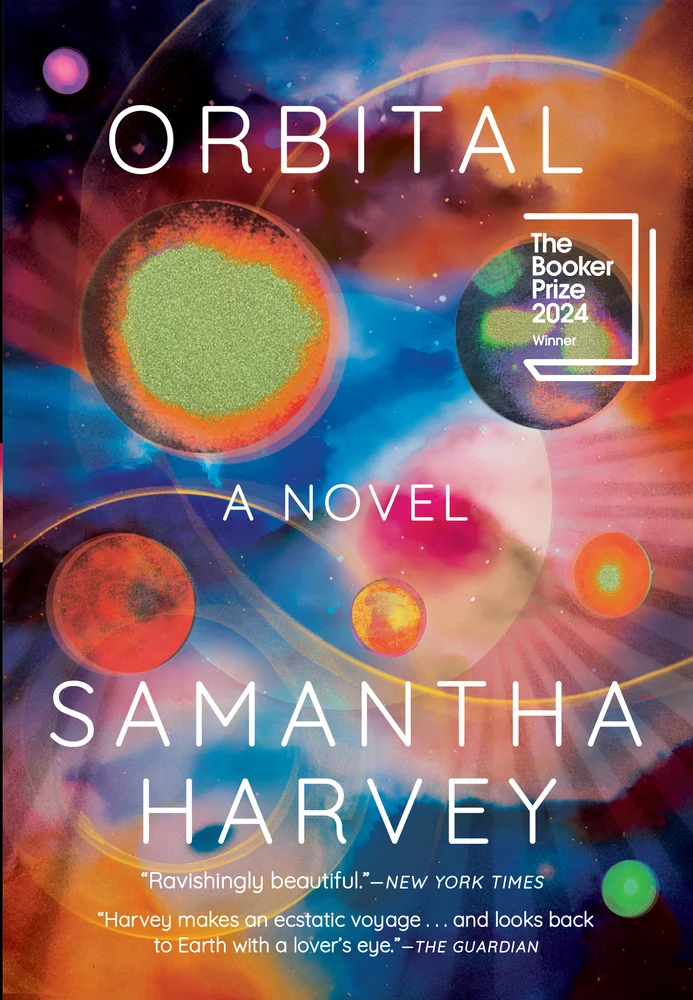Curated by ISABEL MEYERS
Here at The Common, we’re gearing up to celebrate our 10th anniversary with the release of our fall issue. In this installment of Friday Reads, we’re hearing from some of our Issue 20 contributors on the books they’ve been enjoying. Keep reading for their recommendations—from a Portuguese classic to a reflection on male friendship in New York City—and don’t forget to pre-order your copy of Issue 20 today.
Recommendations: Time of the Doves by Mercè Rodoreda; A Little Life by Hanya Yanagihara; The Book of Disquiet by Fernando Pessoa
Mercè Rodoreda’s Time of the Doves; recommended by Katherine Vaz (TC contributor)
One consolation during the rigors of moving from one home to another—during a pandemic, no less—is that my best beloved books wash to the surface of the chaos. Is it in the disruptive nature of the times that I put my favorite short novels—like slender prayerbooks—on my night stand? Kurt Vonnegut’s Slaughterhouse Five. The Street of Crocodiles by Bruno Schulz, who taught me that writing could run wild. Clarice Lispector, The Hour of the Star: Mohsin Hamid, Exit West. The transcendent Denis Johnson’s Train Dreams.
But what I have most recently re-read, as if to center myself, is the incandescent The Time of the Doves by Mercè Rodoreda, the Catalan author who’s one of the few awarded a blurb from Gabriel García Márquez. He proclaimed her masterpiece “the most beautiful novel published in Spain since the Civil War,” and I concur: It is far and away the top title I recommended to students when I taught creative writing and magical realism courses, and no other book elicited as much excitement. Also called La Plaça del Diamant—the Diamond Plaza—it is the most extraordinary burst of an incomparable voice I can cite, my prime example of literature that reads like live music, like a painting, while giving us the spirit of a woman trapped in a land of war. This slender book will set your nervous system vibrating. An English edition is available from Graywolf Press; it exists in thirty languages and is mentioned by Harold Bloom on his list of canonical works. Students sought me out after reading it to tell me they were overcome; they were not the same after reading it. They all made comments along the lines of “coming alive” with The Time of the Doves, and I can think of no better or more soulful enrichment in this era of heavy reminders of the brevity of our lives.
Hanya Yanagihara’s A Little Life; recommended by Silvia Spring (TC contributor)
I got this in hardcover five years ago but read it only when this spring’s stay at home order took away all the distractions that had kept me from starting the 720-page book. Too heavy to take in a suitcase or carry on a plane, it demands to be read at home. It was worth not leaving the house. Ninety pages in, I was hooked by the beauty and pain in the writing and had already cried twice.
A Little Life tells the story of four male friends, Willem, Malcolm, JB and Jude, fresh graduates from the same college, growing into adulthood in New York City. Jude, we discover as the novel’s attention increasingly centers on him and his past, has suffered horrifically in childhood, and he carries emotional and physical scars that even his close friends do not know about. They, and the reader, want him to heal, but Yanagihara won’t let those wounds close easily. Instead, she explores them head on, with such precision that we come to understand the path to recovery might not be possible.
As a woman who went to all-girls school most of her life, I don’t pretend to know much about male friendships, but Yanagihara describes the intimacy, tensions, and love between these four men so tenderly that months after I finished the book, I still find myself thinking about and missing them as if I know them. It’s not just me. An Instagram account (@alittlelifebook) dedicated to the book’s fans is full of photos of the Lispenard Street apartment building where much of the story takes place. Etsy sells t-shirts that say “Jude& JB& Willem& Malcolm.” (I have one in my cart.) Even after hundreds of pages, you too will want more.
Fernando Pessoa’s The Book of Disquiet; recommended by Casey Walker (TC contributor)
I sometimes forget to recommend Fernando Pessoa’s The Book of Disquiet because it should already live in every bedside drawer, as common as a Gideon’s Bible. Doesn’t everyone consult Disquiet like a horoscope? Aren’t we all beginning, or ending, our days with one of its ruminations, fragments, meditations, mini-essays, aphorisms? Spiritual wanderings for the dispirited through a Lisbon of dreams—is there anywhere else you’d rather be?
Pessoa is ubiquitous in Portugal, but still a lesser known modernist here. He seems to me the equal of Kafka, his near-contemporary, and like Kafka most of what we have of Pessoa was posthumously arranged for publication. There are two major English editions of The Book of Disquiet, one translated by Richard Zenith, and the other by Margaret Jull Costa. While Zenith cautions readers that “every established order is the wrong order,” Costa presents the Disquiet fragments chronologically, offering readers a sense of the book’s fitful emergence over the decades of Pessoa’s life. The beauty of reading Disquiet in her edition is seeing the book develop in sedimentary layers, from the post-Symbolist and decadent abstraction of its earliest conception into the more Lisbon-centered imaginings of the later material. But Zenith’s version is excellent, too—it will make you understand that there is no definite place to begin with Disquiet, and so no way to be finished with it.
My way of reading Disquiet, for years, has been simply to flip it open to any page at all and see what I discover. Today’s find:
“Who will save me from existence? It isn’t death I want, or life: it’s the other thing that shines at the bottom of all longing like a possible diamond in a cave one cannot reach. It’s the whole weight and pain of this real and impossible universe, of this sky…of these colors that grow pale in the fictitious air, out of which there emerges in still, electric whiteness, the imaginary crescent of the moon.”
Don’t even think of Disquiet as a book. Use it like a tarot deck. Or picture a windstorm of paper blowing through Lisbon, piling up debris, like Walter Benjamin’s angel of history—that chaos is Pessoa’s Disquiet, the great unwritable novel of Lisbon.







